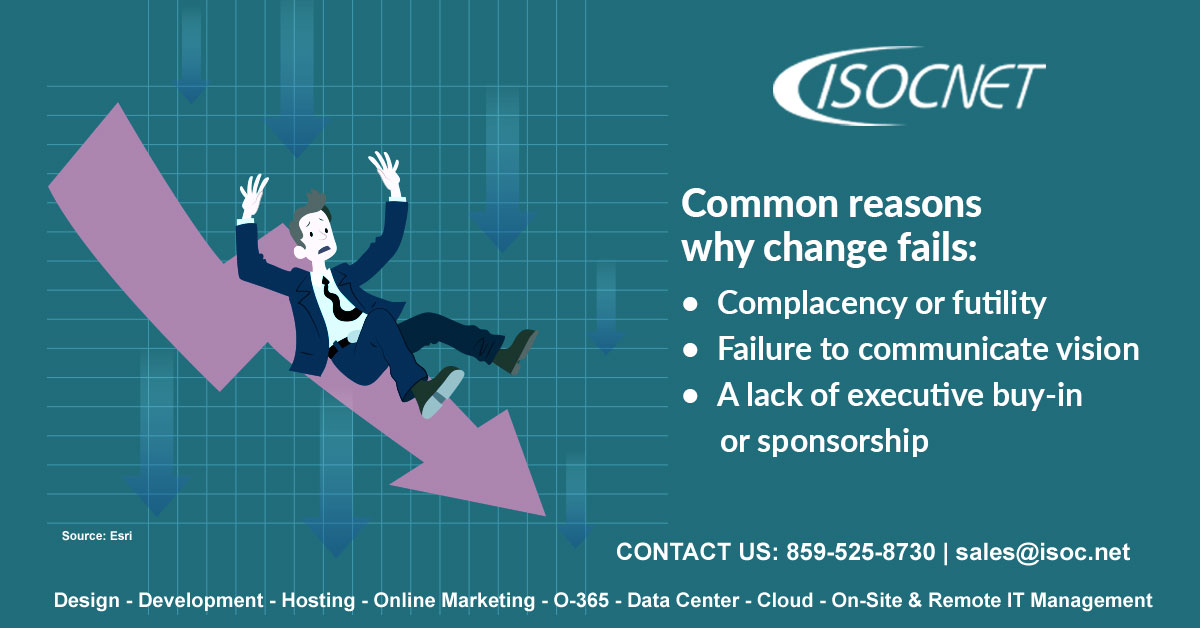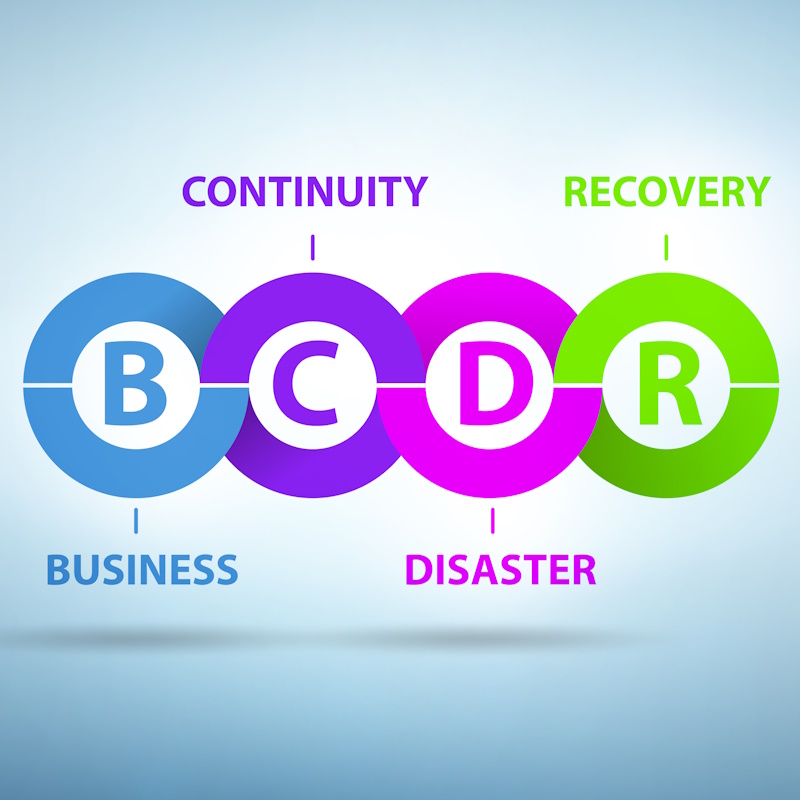Recent Posts
Categories

Technology is a huge asset that is growing at an unprecedented pace, and is helping businesses accomplish more in less time. The transformations that technology has brought about in the business world are overwhelming and with transformation change comes stress.
Inconsistencies are more likely to occur without a defined change management strategy in place. You risk disrupting essential operations and losing valuable team members. Lack of confidence in communications and failure to keep your team informed, leads to communication breakdowns, employee resistance, workflow glitches, lost productivity, a resistance for change in the future, and a lack of leadership confidence. They can all be avoided with an effective change management strategy and implementation.
Change management is an approach that deals with changes or transformations in organizational processes, objectives and technologies. The goal of change management is devising strategies to implement and govern transformation while helping your team adjust to it.
Making the case for change management:
Change management is crucial because:
- It tracks and addresses the effects of change on individuals, processes and more. Every change has repercussions in multiple areas of an organization, and change management helps address the impact each change could have.
- It empowers organizations in an ever-changing business environment. Regardless of the types or number of transformations taking place, change management helps organizations achieve better results.
- It empowers people. Change management prepares, empowers and supports people to successfully adapt to changes in their workflows, environments and technology.
- It increases the success rate of a transformation. Excellent change management increases the likelihood of meeting objectives by reducing risks.
What could go wrong with ineffective change management?
Gaps in Communication
The key factor for organizational success is effective communication. If employees start to feel bombarded with changes that they are not informed about or are not comfortable with that could cause resistance. Employees will start to act hesitant when there is no two-way communication.
Communication breakdowns or gaps cause demotivation, employee frustration, a lack of collaboration, attrition and business failure.
Employee resistance and frustration
You should expect some of your employees to resist change initially, it is human nature. If you are not proactive with handling the resistance, it could undermine your objectives, which can lead to disengagement, decreased productivity and increased absenteeism.
Plus, if an employee is frustrated for an extended period, it can effect other employees and eventually the workplace culture.
Workflow glitches and stoppages
A business that ignores workflow glitches and stoppages can harm productivity, timeliness, and future prospects.
In today’s complex business environments, unexpected workflow glitches and stoppages will almost certainly have a cascading effect and destabilize other related/dependent business components.
Lost productivity
To dominate your market is to maintain optimal productivity. Lost productivity can certainly eat into a company’s profits.
An effective change management strategy is critical for businesses to tackle all the problems. Are you fully equipped with the experience and expertise to handle it on your own? If you feel your company lacks certain resources, it is best to work with an MSP capable of easing your transition to a higher-performing technology ecosystem.
With our wealth of experience and knowledge surrounding successful technology change management, we may be the ideal partner for your company. Feel free to contact us to set up a consultation.
Additionally, to learn more about change management, feel free to download our infographic.



